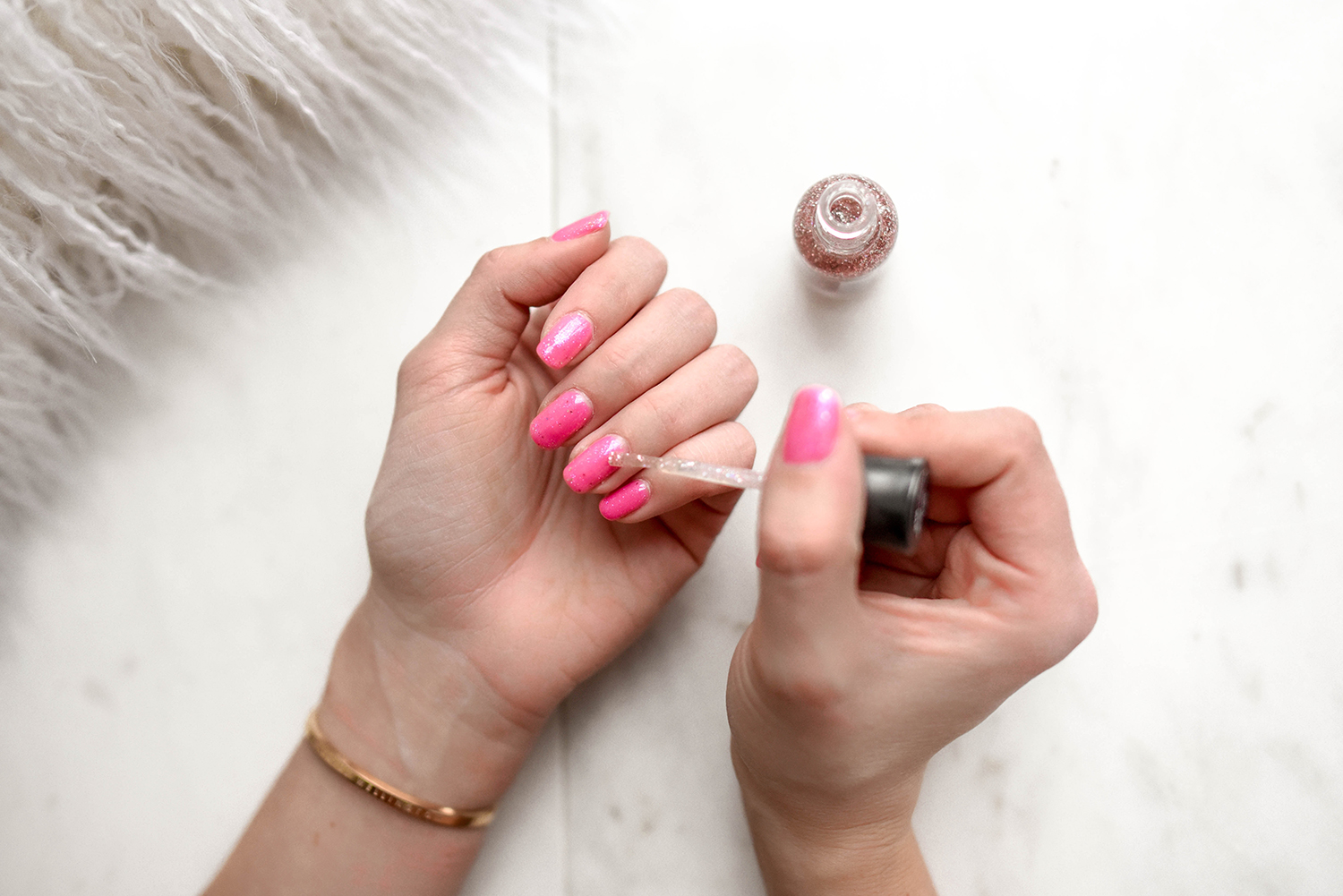Salon Safety: What You Should Know and Look for When Going to a Nail Salon
It’s important to know about nail hygiene and safe practices before getting your nails done.
Many of us get our nails done frequently and without putting much thought into it. There’s a level of trust that we have in the nail technician and salon, but what happens when that trust is broken? Getting a manicure or pedicure still presents certain health risks, and if your nail salon isn’t following certain health practices and safety standards, there’s a chance that you could get a nasty infection or something even worse.
“I’ve had the pleasure of educating a large number of technicians and clients about nail hygiene and safe practices,” says Vivian Xue (@vivxue), nail expert and lead educator at Pamper Nail Gallery in Fremont, California. “At times, I’ve encountered individuals who think fungal infections are to be expected when you get your nails done, or think it’s acceptable that having false nails means causing damage to natural nails. This should never be the case—every salon should always prioritize the health and safety of clients, as much as that of their nail techs.”
Here, she shares tips for how to properly vet your nail salon before booking that mani or pedi:
Tip #1: Check for hygiene.
Observe the salon’s hygiene practices and ask how often they clean their implements. Hygienic salons will always use a set of freshly sanitized and sealed implements (nippers, pusher, clippers) for each service. Implement pouches should be opened in front of you. If the salon grabs these implements from containers (even if they are labeled “clean/sanitized”), it’s likely the implements were not sanitized exclusively for your use. Hygienic salons will never reuse files, buffers, pumices, and other disposable items. Avoid salons that wash and reuse their files.
Tip #2: Make sure the salon has a policy against fungal infections.
Be extremely wary of salons that do not turn away clients with fungal infections. Fungal infections and even bacterial infections of the nail can easily spread through contact.
Vivian Xue is the CEO/Founder of Pamper Nail Gallery located in the San Francisco Bay Area, and a leading nail artist and Instagram influencer who discovered her love of nails via social media. Her salon has developed a steady clientele seeking custom nail artistry from all over the U.S., and specialties include portraiture, line drawings, 3D designs, glitter and crystal embellishments. [Image courtesy of Pamper Nail Gallery.]
Tip #3: Ask what products are being used in the salon for nail enhancements.
Salons sometimes put substances into unmarked bottles for the application of acrylic nails. This prevents clients from knowing if they are using EMA (ethyl methacrylate) versus MMA (methyl methacrylate). MMA is an FDA-banned monomer liquid for the application of acrylic nails, and originated in the dental industry for making crowns and bridges. It’s also used as bone cement by orthopedic surgeons during joint replacement procedures. Both EMA and MMA liquids look exactly the same—they are purple-tinted and don’t smell great. But the danger in MMA is that it’s not meant to be used on nails.
MMA doesn’t bond to natural nails well, so the nail tech is forced to etch deep grooves in the nail bed to make sure the acrylics don’t “pop off.” MMA is bone cement, so when it actually sets it’s much harder to remove from the natural nail than EMA, which is designed for natural nails. This is bad when you do need to remove those acrylics.
The biggest cause for FDA intervention with MMA was due to reports of adverse skin reactions to the liquid. Unusually high amounts of women were developing allergies to acrylic by way of excessive exposure to MMA. This includes skin rashes, blistering, and other symptoms. Ask the salon what acrylic system is used and do research to ensure it is a reputable brand.
Tip #4: Ensure the salon does proper removal of acrylic nails.
Many salons don’t take the time to properly soak off acrylic nails. Ripping them off is much more economical for the salon, although it causes damage to the nail.
Tip #5: Avoid salons that rush the job.
Quality services take time. If the salon is suspiciously quick, they’re more than likely cutting corners in many areas. Pay special attention to how your natural nails are treated prior to any polish application.
For more information or to schedule an appointment, visit Pamper Nail Gallery’s website or call 888-866-0902. Follow the salon on Instagram: @pampernailgallery
Kamala Kirk is a University of Southern California graduate and has been an editor/writer for more than a decade. She has written for E! Online, Total Beauty, TravelAge West, Malibu Times Magazine, and many more. She resides in Los Angeles and is a proud pug mom. Follow her on Instagram: @kamalakirk



